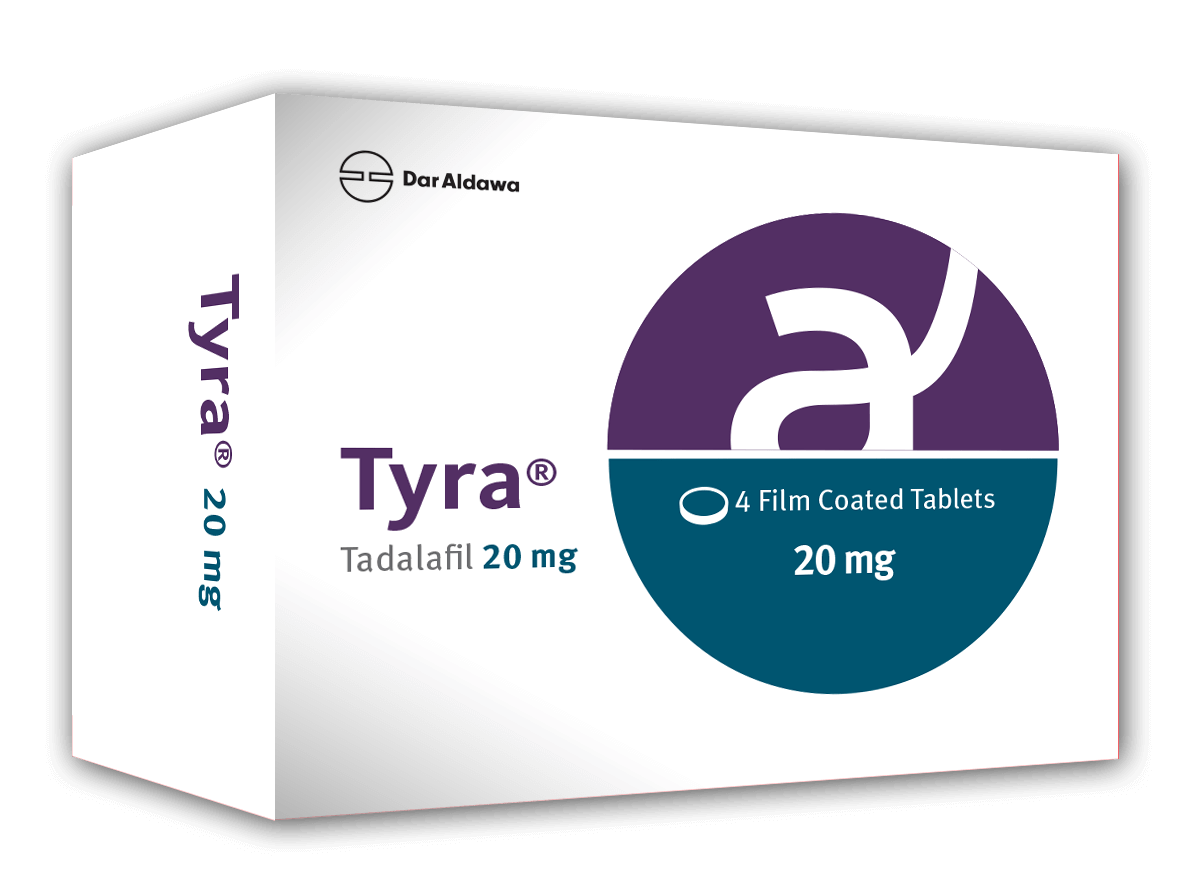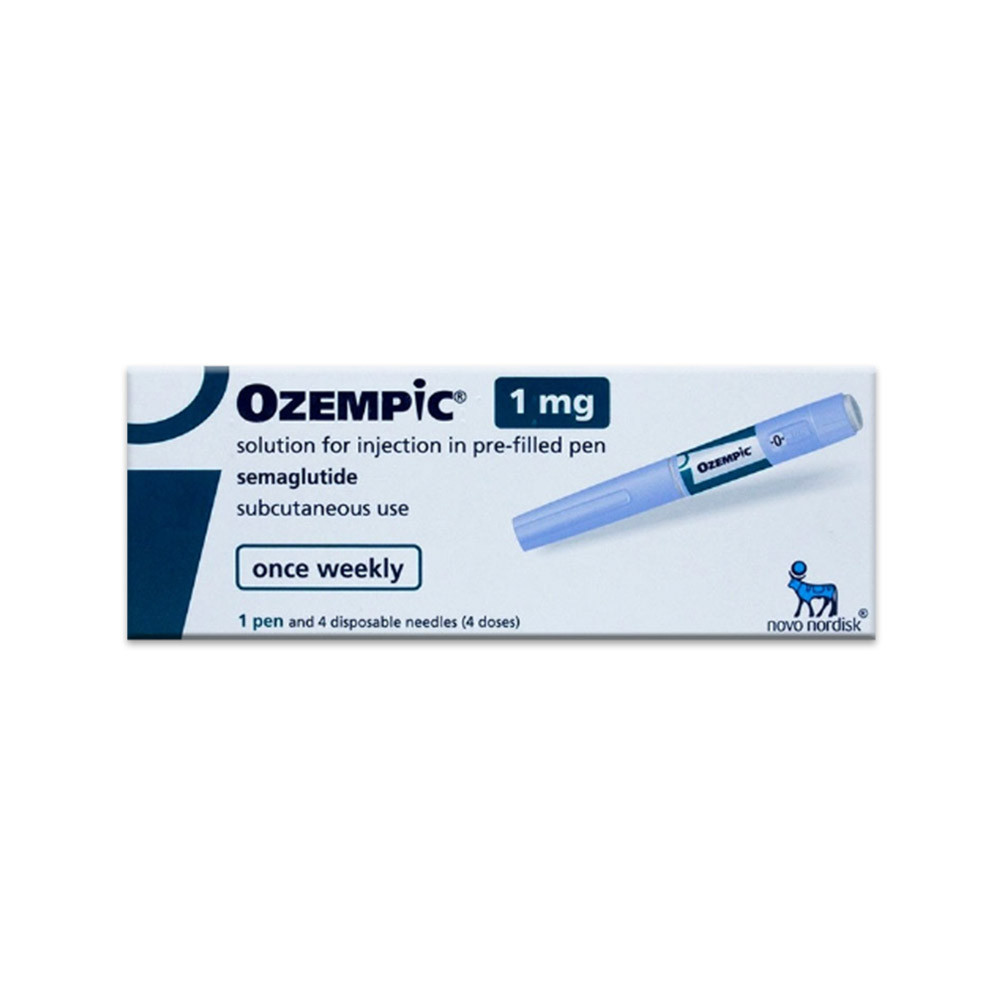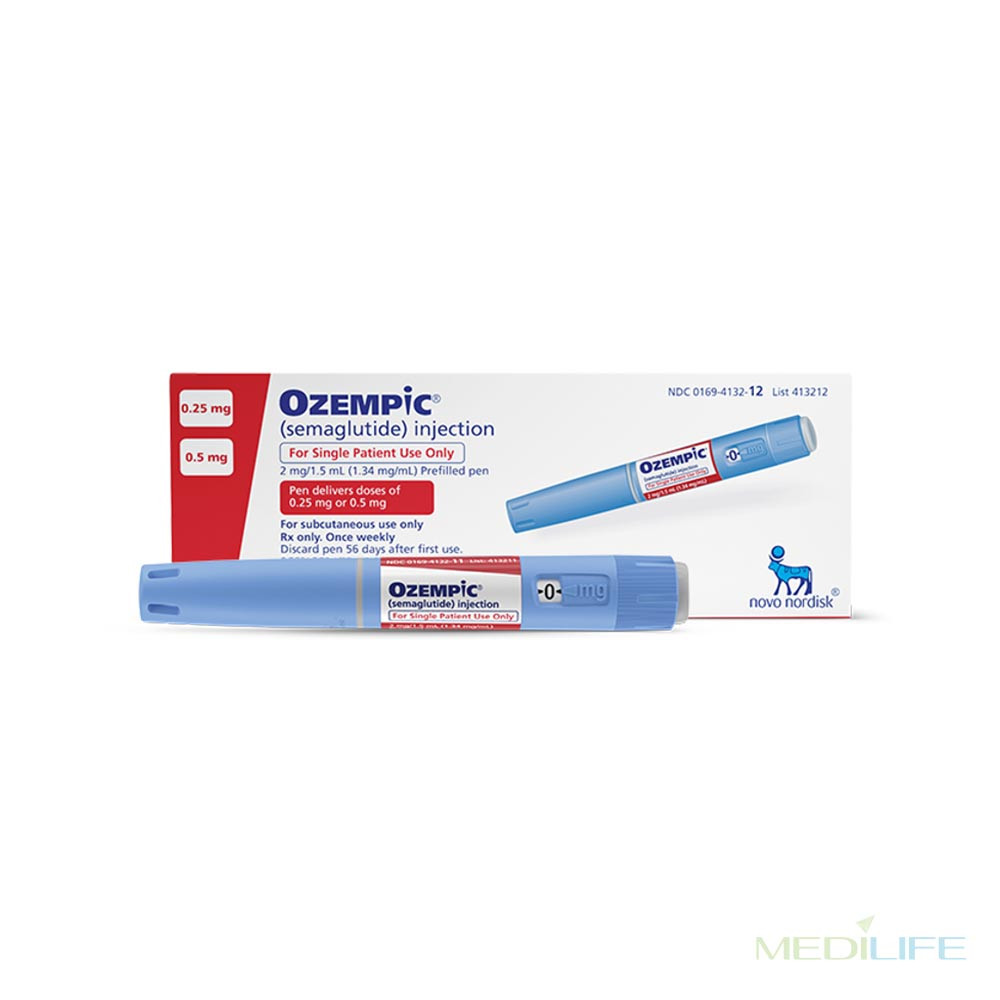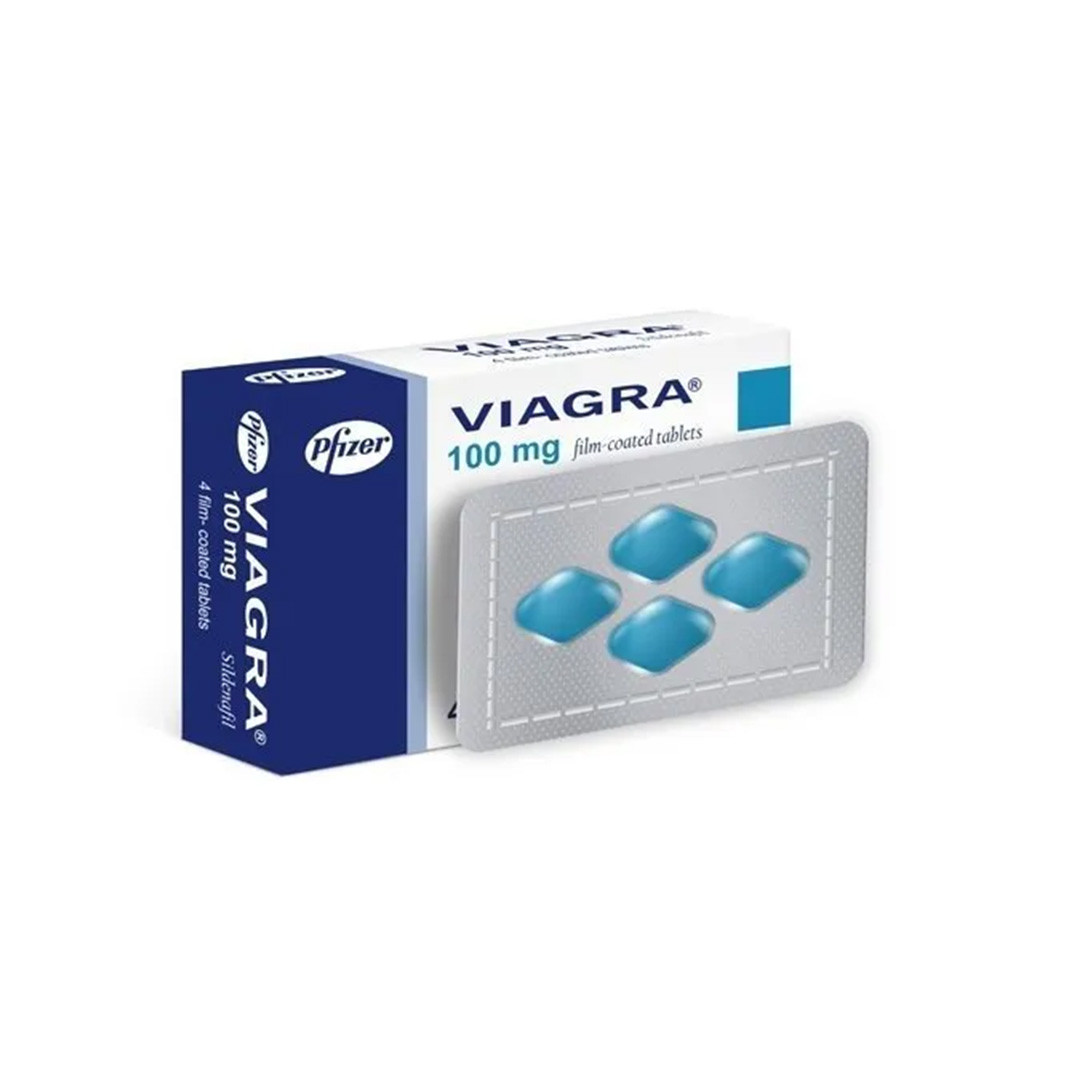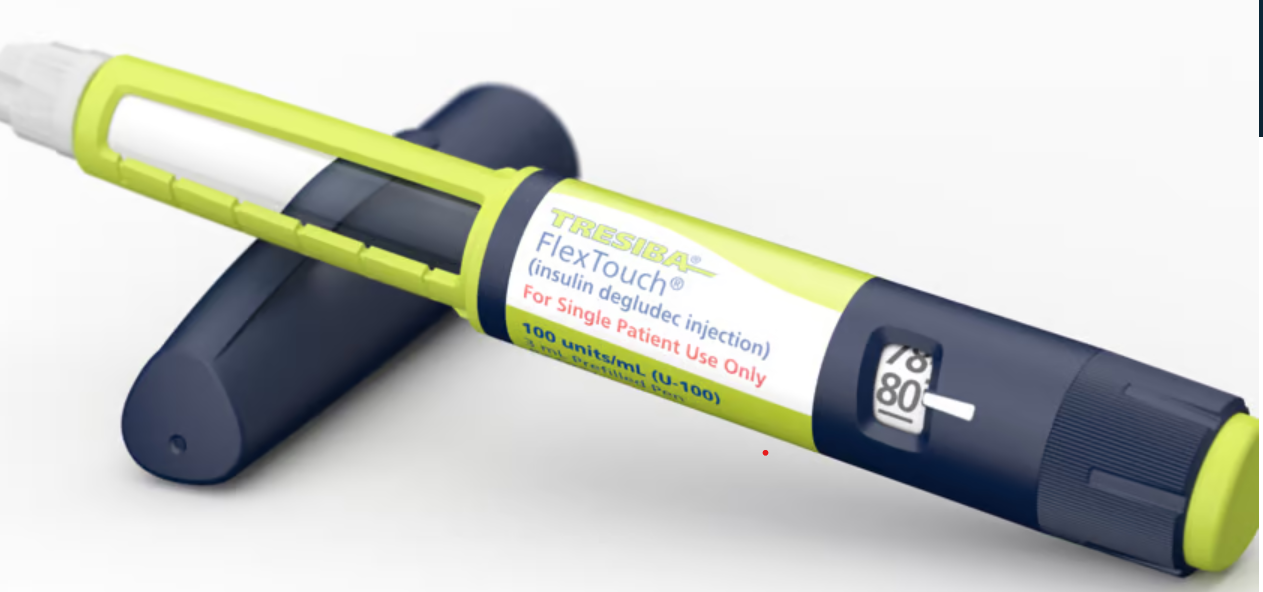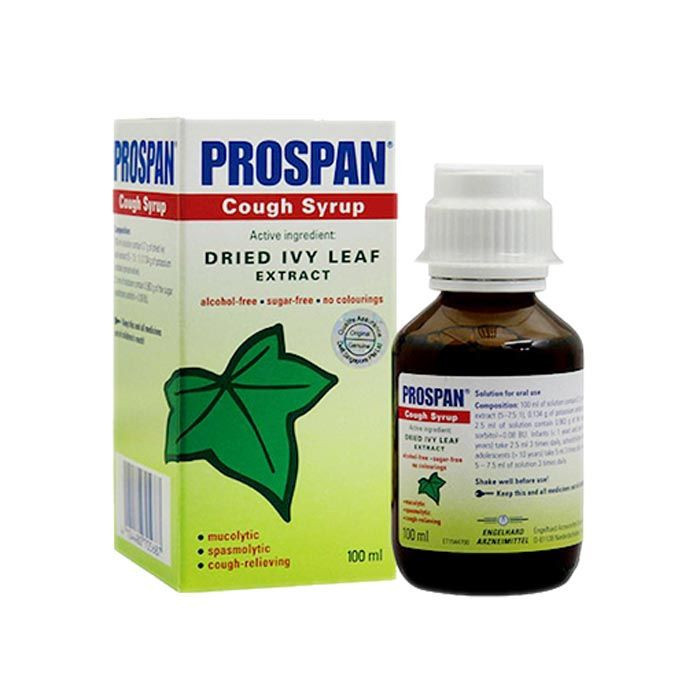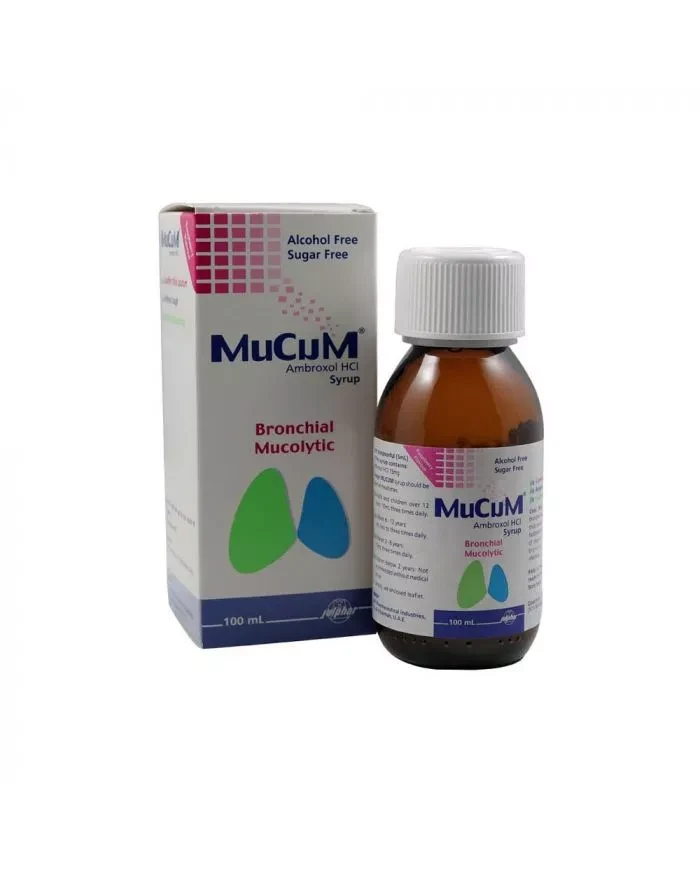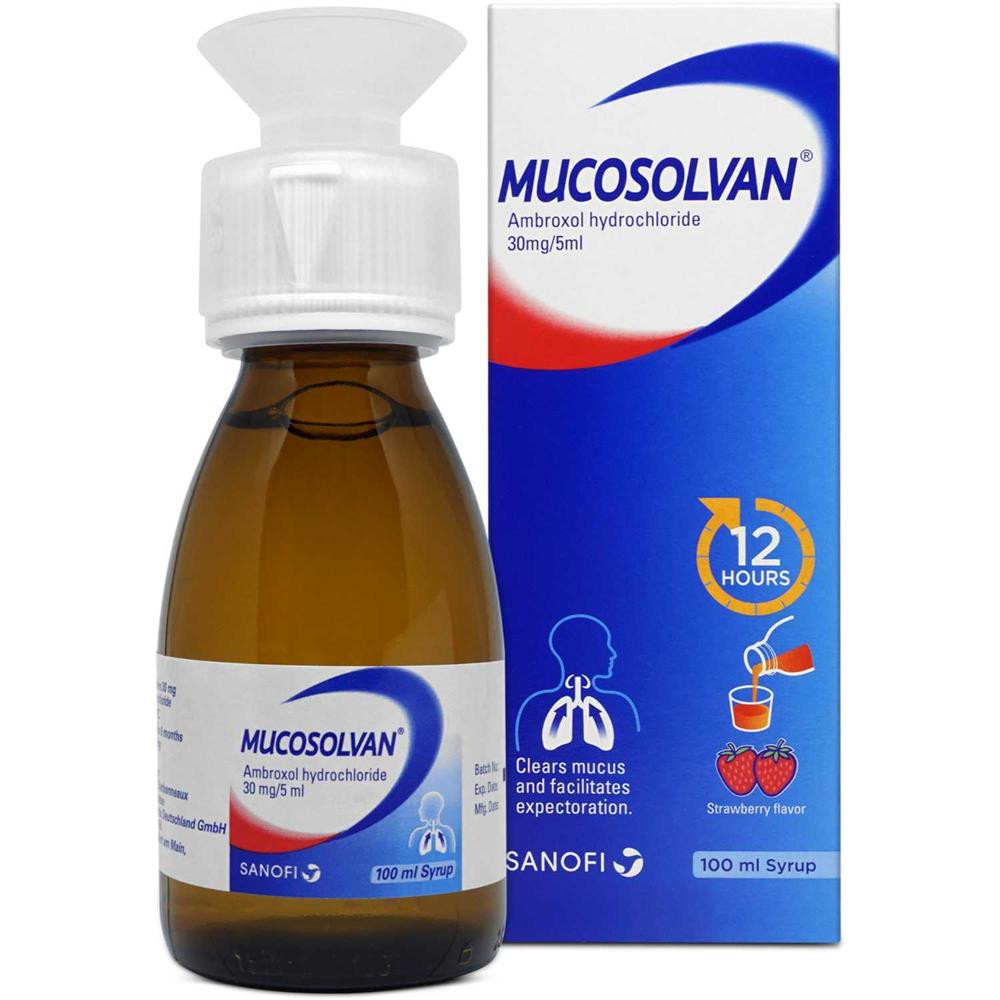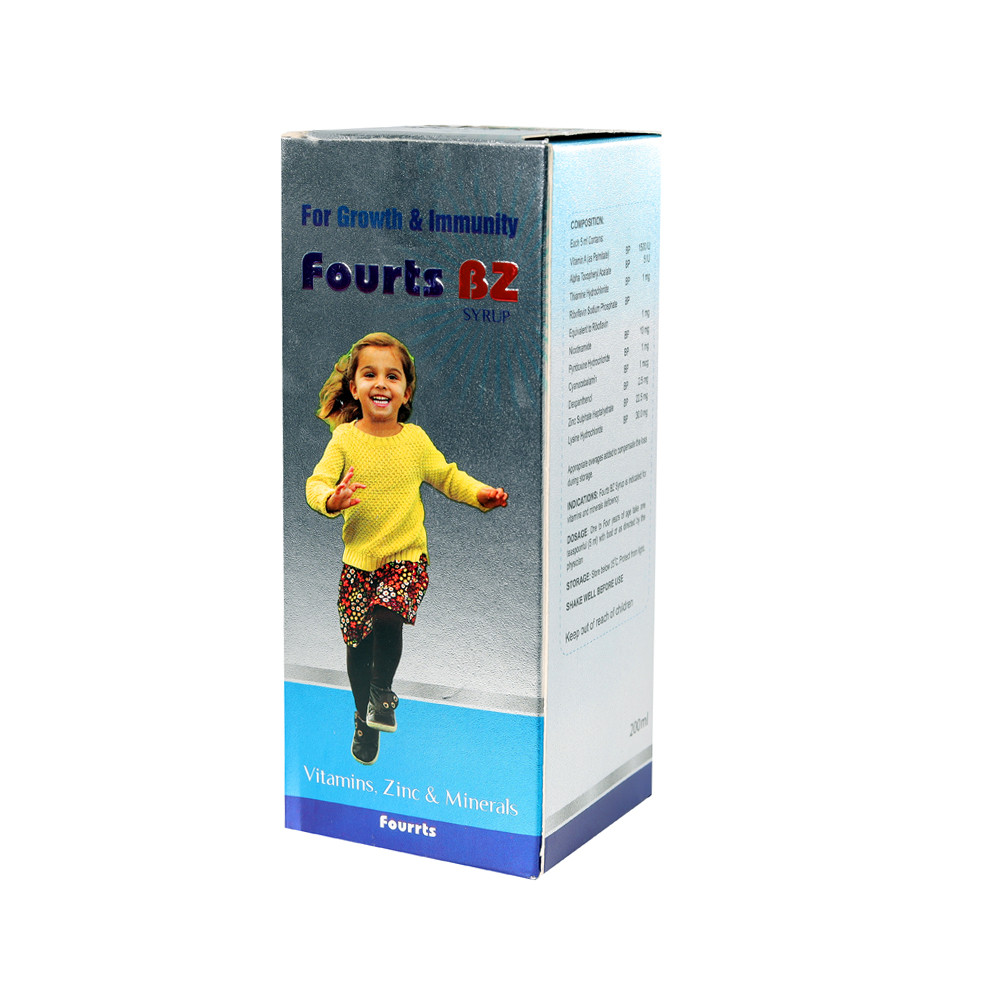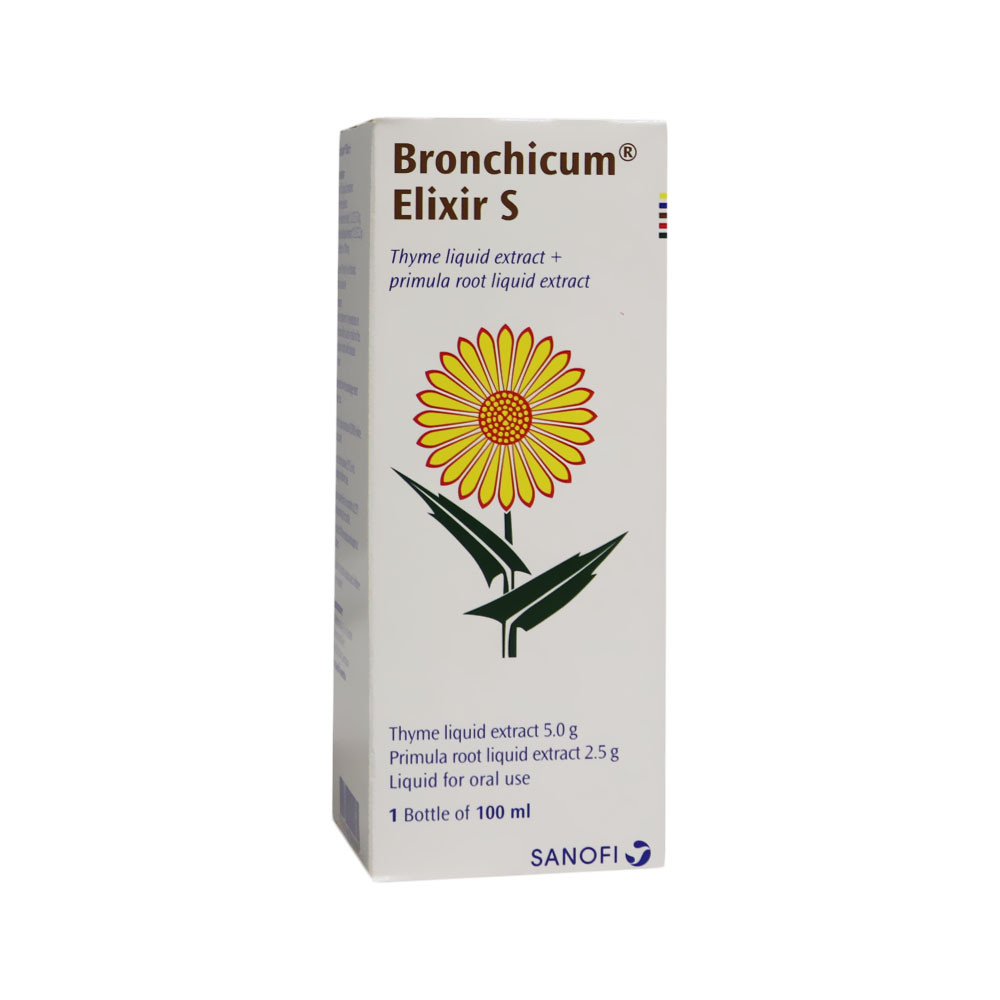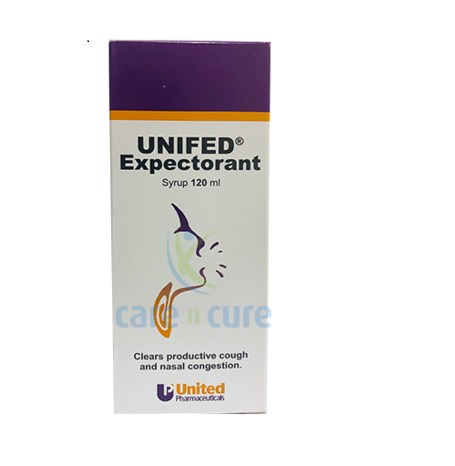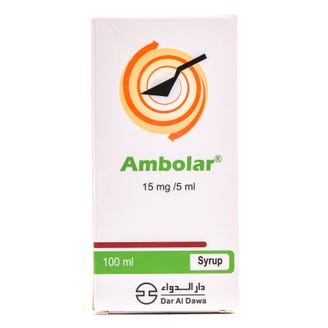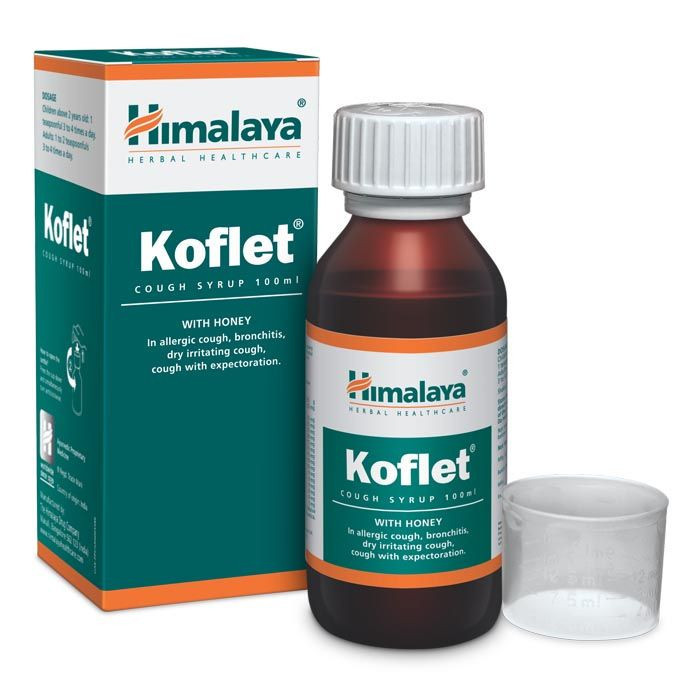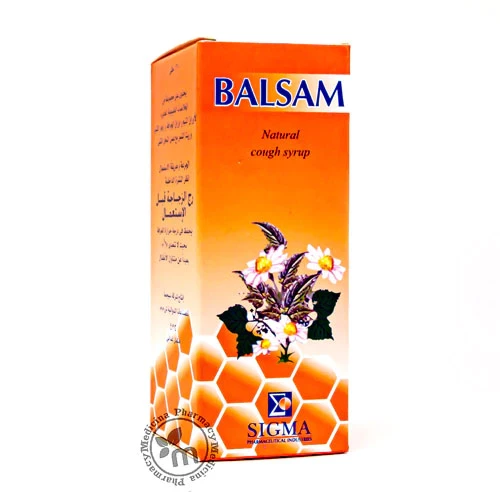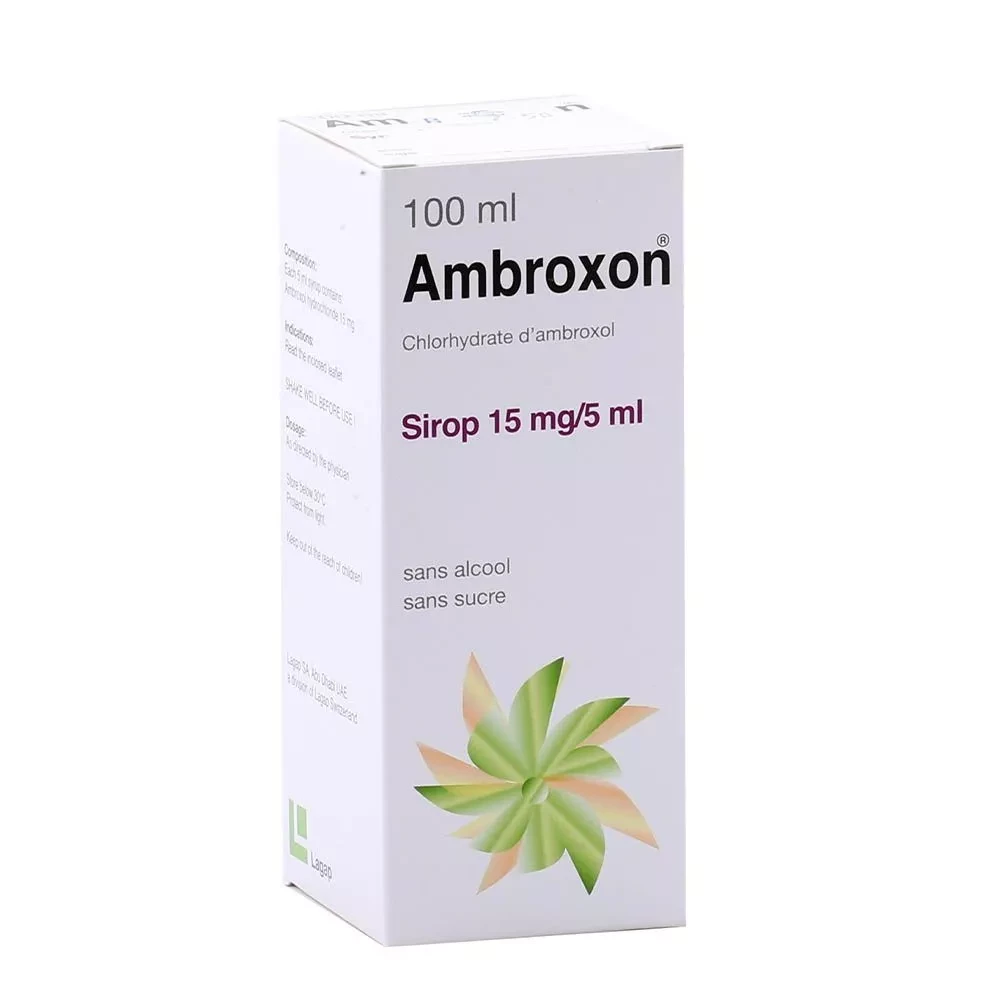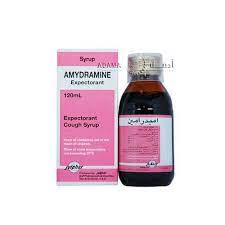

AMYDRAMINE EXPECTORANT 120 ML - Cough Relief Syrup
Inhouse product

-
AED57.50
-
AED159.00
Reviews & Ratings
amydramine Syrup is an antihistamine with anticholinergic and sedative effects. It competes with histamine for H1-receptor sites on effector cells in the GI tract, blood vessels and respiratory tract.
amydramine ii sugar free has anti-histaminic (H1-receptor), anti-emetic, anti-vertigo and sedative and hypnotic properties . The anti-histamine action occurs by blocking the spasmogenic and congestive effects of histamine by competing with histamine for H1 receptor sites on effector cells, preventing but not reversing responses mediated by histamine alone . Such receptor sites may be found in the gut, uterus, large blood vessels, bronchial muscles, and elsewhere . Anti-emetic action is by inhibition at the medullary chemoreceptor trigger zone . Anti-vertigo action is by a central antimuscarinic effect on the vestibular apparatus and the integrative vomiting center and medullary chemoreceptor trigger zone of the midbrain .
Uses
amydramine ii sugar free is used for the treatment of followings:
- Seasonal, perennial, vasomotor rhinitis
- Urticaria, angioneurotic oedema, anaphylaxis
- Pruiritic conditions
- Premedication for emesis and motion sickness
- Miscellaneous like meniere's disease and parkinsonism
amydramine syrup is also used to associated treatment for these conditions: Allergic Rhinitis (AR), Allergic cough, Allergies, Anaphylaxis, Angioedema, Common Cold, Common Cold/Flu, Conjunctival irritation, Cough, Cough Variant Asthma, Cough caused by Common Cold, Eye allergy, Fever, Insect Bites, Insect Stings, Insomnia, Irritative cough, Itching of the nose, Itching of the throat, Motion Sickness, Nasal Congestion, Oral Mucositis, Pain, Parkinsonian Syndromes, Pollen Allergy, Productive cough, Pruritus, Rash, Rhinorrhoea, Sinus Congestion, Sinus headache, Skin Irritation, Sneezing, Sunburn, Symptoms of Acute Bronchitis Accompanied by Coughing, Upper respiratory tract hypersensitivity reaction, site unspecified, Urticaria, Dermatographism, Dry cough, Watery itchy eyes, Airway secretion clearance therapy, Expectorant
How amydramine works
amydramine predominantly works via the antagonism of H1 (Histamine 1) receptors . Such H1 receptors are located on respiratory smooth muscles, vascular endothelial cells, the gastrointestinal tract (GIT), cardiac tissue, immune cells, the uterus, and the central nervous system (CNS) neurons . When the H1 receptor is stimulated in these tissues it produces a variety of actions including increased vascular permeability, promotion of vasodilation causing flushing, decreased atrioventricular (AV) node conduction time, stimulation of sensory nerves of airways producing coughing, smooth muscle contraction of bronchi and the GIT, and eosinophilic chemotaxis that promotes the allergic immune response .
Ultimately, diphenhydramine functions as an inverse agonist at H1 receptors, and subsequently reverses effects of histamine on capillaries, reducing allergic reaction symptoms . Moreover, since diphenhydramine is a first-generation antihistamine, it readily crosses the blood-brain barrier and inversely agonizes the H1 CNS receptors, resulting in drowsiness, and suppressing the medullary cough center .
Furthermore, H1 receptors are similar to muscarinic receptors . Consequently, diphenhydramine also acts as an antimuscarinic . It does so by behaving as a competitive antagonist of muscarinic acetylcholine receptors, resulting in its use as an antiparkinson medication .
Lastly, diphenhydramine has also demonstrated activity as an intracellular sodium channel blocker, resulting in possible local anesthetic properties .
Dosage
amydramine dosage
Adult-
- Most allergic conditions: 25-50 mg three times a day with a further 50 mg at night.
Children-
- 1 to 5 years of age: 5 mg i.e., 2.5 ml of elixir 4 times a day
- More than 6 years of age: 10 mg i.e. 5 ml of elixir 4 times a day
Side Effects
Side effect includes sedation, dizziness, tinnitus, fatigue, ataxia, blurred vision, diplopia, euphoria, and epigastric discomfort.
Related products
Prospan Cough Syrup 100 ml
Mucum 15 mg/5 mL Syrup 100 ml
MUCOSOLVAN 30 MG/5 ML SYRUP 100 ML
FOURTZ BZ Syrup 200 ML
BRONCHIUM ELIXIR S SYRUP 100 ML
Unifed Expectorant Syrup 120 ml
Himalaya Koflet Cough Syrup 200 ml
Balsam Natural Cough Syrup 120 ml
Ambroxon 15 mg/5 ml Syrup 100 ml
Product Queries (0)
Login or Registerto submit your questions to seller
Other Questions
No none asked to seller yet
-
AED57.50
-
AED159.00
